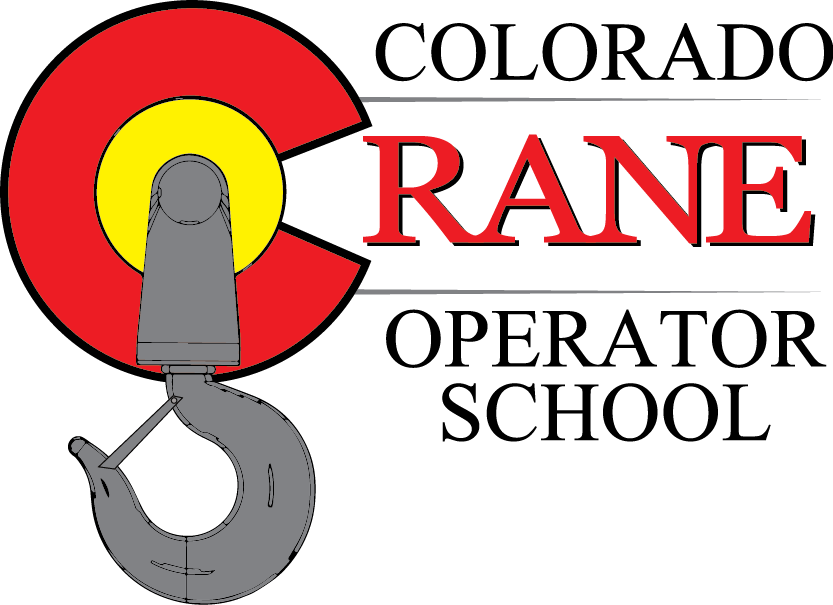Crane safety has always been a critical aspect of construction site management. With advancements in technology and increased awareness of workplace safety, regulatory bodies continually update standards and guidelines to mitigate risks associated with crane operations. In recent years, several significant updates have been introduced to crane safety regulations, reflecting the evolving landscape of construction safety. This blog will delve into these updates, highlighting their implications and the best practices for compliance.
Enhanced Operator Certification Requirements
One of the most notable updates in crane safety regulations is the enhanced requirements for operator certification. The Occupational Safety and Health Administration (OSHA) has mandated that all crane operators must undergo rigorous training and certification processes. The updated regulations require operators to not only demonstrate their technical skills but also pass a comprehensive written examination covering safety protocols, equipment maintenance, and emergency procedures.
Key Changes:
· Expanded Certification Categories: Operators must now obtain certifications for specific types of cranes they will be operating, ensuring specialized knowledge and skills.
· Operator Evaluations: Operators are required to be evaluated on the crane they are operating from a qualified individual
Maintenance and Inspection Protocols
Regular maintenance and inspection of cranes are paramount to preventing accidents caused by equipment failure. The new regulations have introduced stricter protocols to ensure that cranes are in optimal working condition at all times.
Key Changes:
· Increased Inspection Frequency: Cranes must undergo more frequent inspections, with detailed checks conducted before each use and periodic comprehensive evaluations by certified inspectors.
· Detailed Record-Keeping: All maintenance and inspection activities must be meticulously documented. These records should be readily available for review by safety officers and regulatory bodies.
Implementation of Advanced Safety Technologies
Technology continues to play a pivotal role in enhancing crane safety. The latest regulations emphasize the adoption of advanced safety technologies designed to reduce human error and improve operational efficiency.
Key Technologies:
· Anti-Collision Systems: These systems utilize sensors and real-time data to prevent collisions between cranes and other structures or equipment on the construction site.
· Load Monitoring Systems: Advanced load monitoring technologies ensure that cranes do not exceed their lifting capacity, preventing overloading accidents.
· Remote Monitoring and Control: Remote monitoring systems allow operators to control cranes from a safe distance, reducing the risk of accidents in hazardous environments.
Improved Safety Training Programs
Comprehensive safety training programs are essential for fostering a culture of safety on construction sites. The updated regulations stress the importance of continuous education and hands-on training for all personnel involved in crane operations.
Key Changes:
· Simulated Training Environments: Utilizing virtual reality (VR) and simulation technologies, workers can practice crane operations in a controlled, risk-free environment.
· Emergency Response Training: Enhanced focus on emergency response procedures ensures that all personnel are prepared to act swiftly and effectively in case of an accident.
Focus on Site-Specific Safety Plans
Recognizing that each construction site presents unique challenges, the new regulations require the development of site-specific safety plans. These plans must be tailored to address the particular risks associated with the site’s geography, weather conditions, and project scope.
Key Components:
· Hazard Identification and Mitigation: Thorough analysis of potential hazards and implementation of strategies to mitigate risks.
· Communication Protocols: Clear communication channels and protocols to ensure that all team members are aware of safety procedures and emergency plans.
· Regular Safety Audits: Conducting regular safety audits to identify areas for improvement and ensure compliance with safety regulations.
Conclusion
The updates to crane safety regulations in 2024 reflect a proactive approach to enhancing construction site safety. By emphasizing operator certification, stringent maintenance protocols, advanced safety technologies, comprehensive training, and site-specific safety plans, these regulations aim to minimize risks and protect workers. Compliance with these updated regulations is not only a legal obligation but also a moral responsibility to ensure the well-being of all personnel involved in crane operations. As we move forward, continuous vigilance and commitment to safety will be paramount in creating a safer construction industry.
Colorado Crane Operator School is dedicated to keeping you informed about the latest developments in safety regulations. Stay tuned for more updates and insights to ensure your operations remain safe and compliant.




